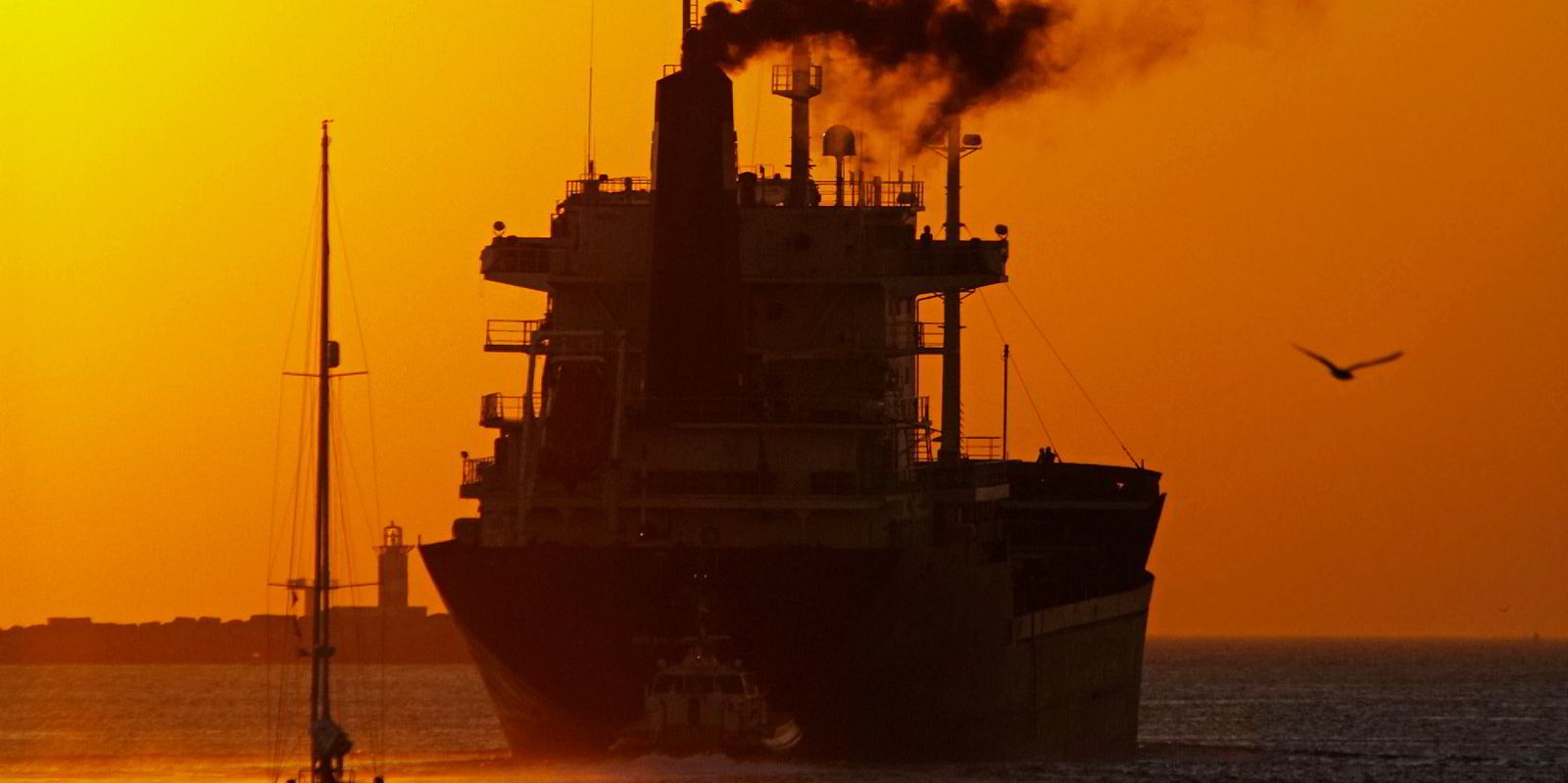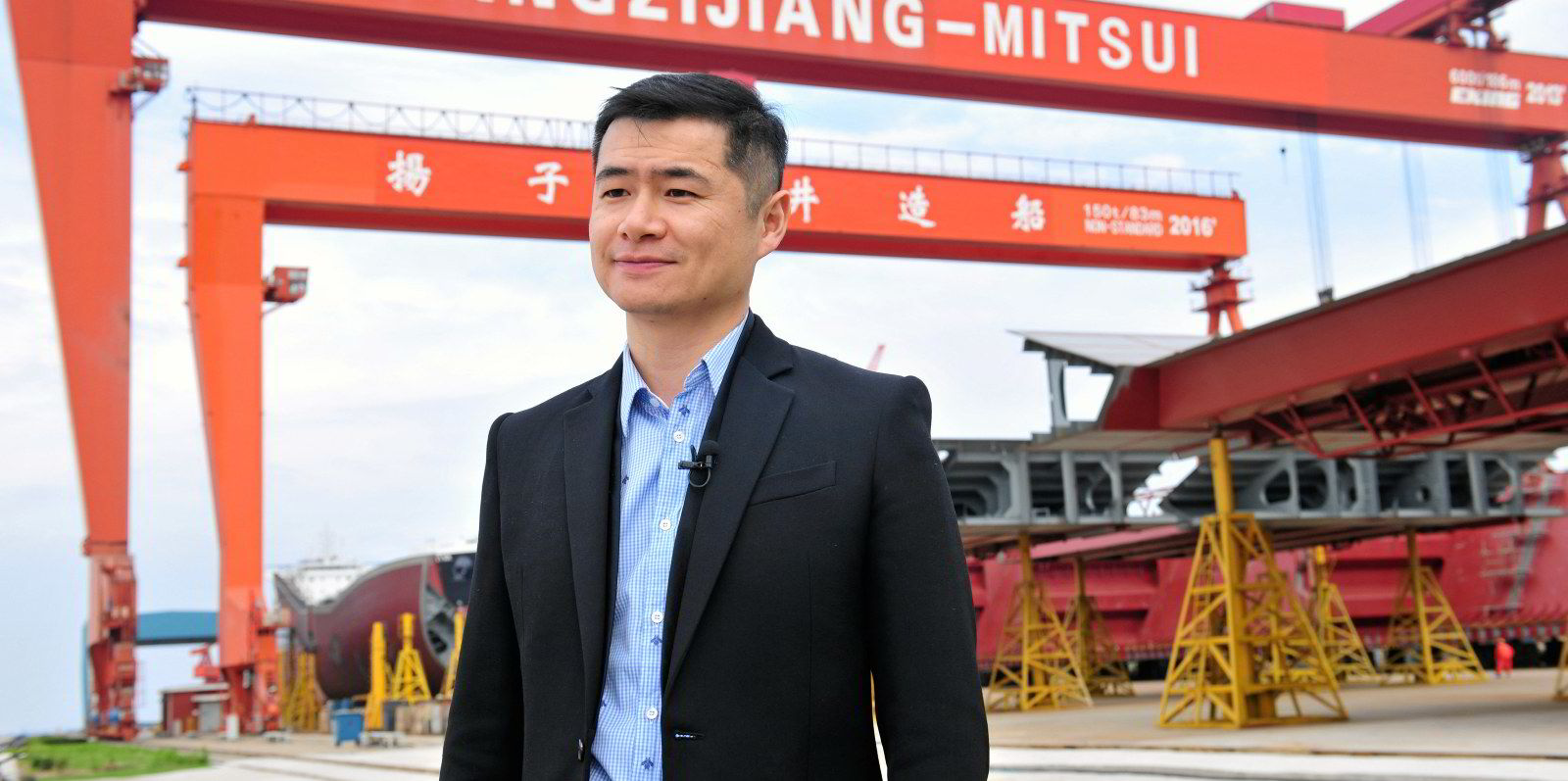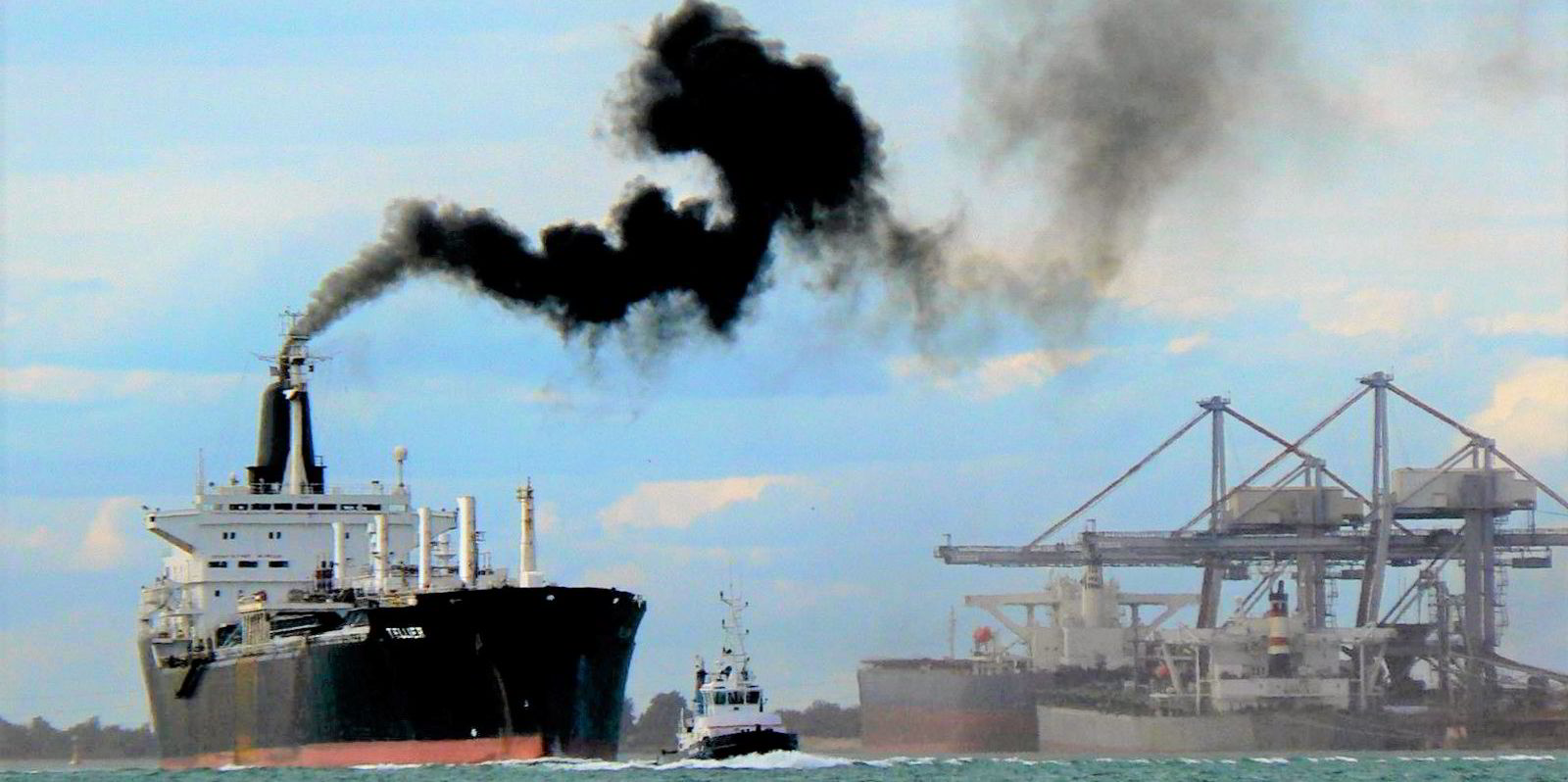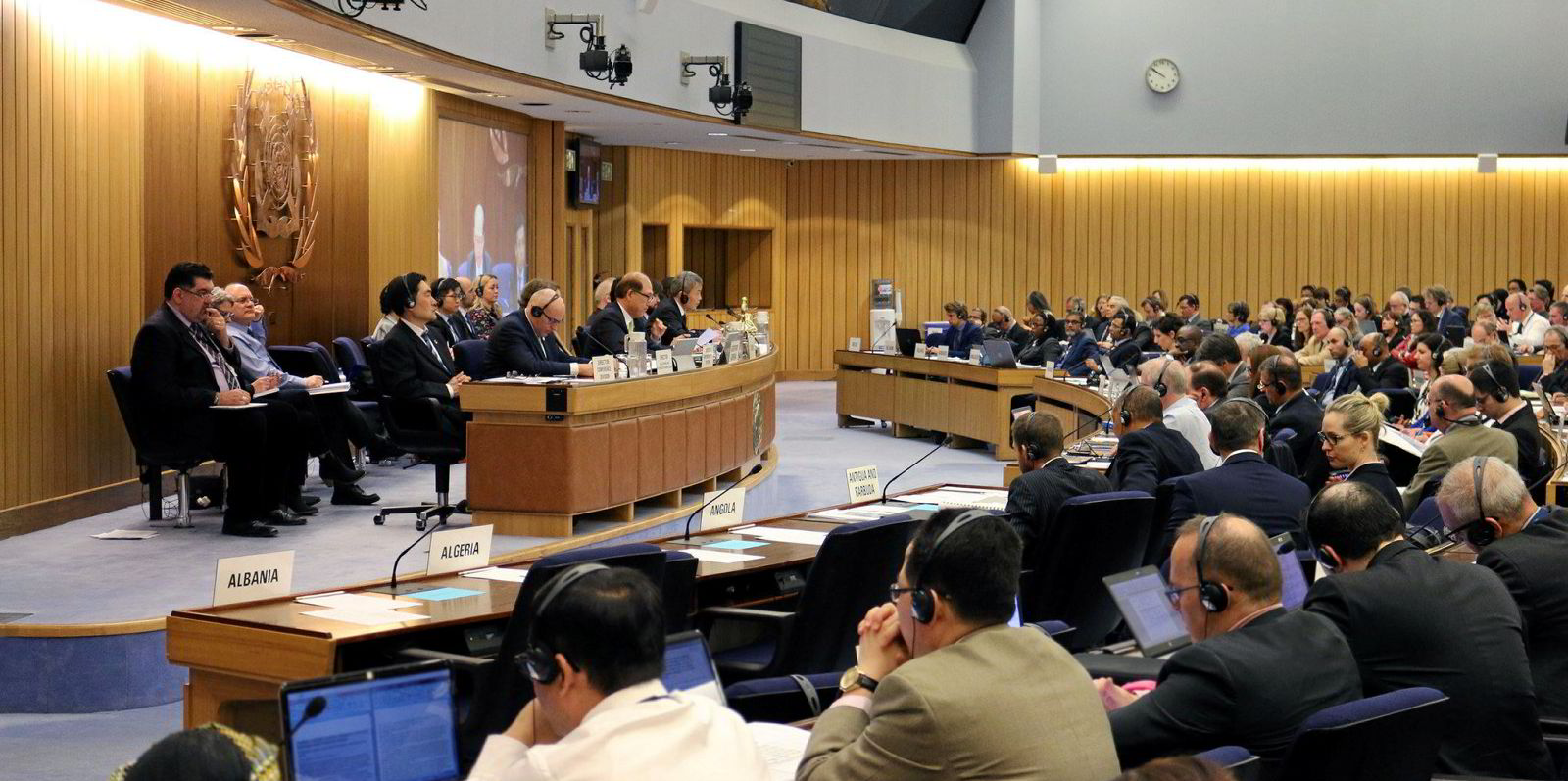DNV GL estimates that up to 80% of the global trading fleet will have to make technical upgrades to meet the incoming minimum energy efficiency standards for existing ships.
The ballpark figure was offered in response to questions at a webinar, hosted by the classification society, to address industry concerns over complying with the Energy Efficiency Existing Ship Index (EEXI) regulation.
The widespread industry uncertainly among shipowners was reflected in a poll taken at the webinar.
In the vote, 38% of the 2,100 attending admitted they “do not understand the full process and implications of the regulation”.
The EEXI was agreed last year as part of a raft of International Maritime Organization measures to help shipping achieve a 40% improvement in carbon intensity by 2030.
Under the EEXI regulation, at the first annual survey after entry into force in 2023, ships are required to demonstrate compliance with EEXI standards.
EEXI values for each ship involve a complicated calculation of energy efficiency and CO2 emissions.
In basic terms, it is a calculation of a vessel’s CO2 emission rate, including factors such as fuel consumption and installed power, divided by transportation power, which includes factors such as speed and deadweight.
The calculation also considers the carbon content of fuel, but does not assess factors such as methane slip from LNG fuel.

Ships that fall outside the EEXI's minimum ship-efficiency parameters will have to make technical upgrades to improve.
The DNV GL webinar heard that reducing installed power would be the most effective method to improve a ship's EEXI rating. By limiting the power of the main engine, the EEXI rating could be improved by as much as 37%, it estimated.
Converting to a fuel with a low carbon rating, like LNG, is another option that could improve a ship's EEXI rating by 25%.
DNV GL estimated that the use of energy-saving devices is less effective but could still improve the rating by up to 9.5%. Another option is to increase the deadweight tonnage.
The other difficulty with using energy-saving devices option is time. Shipowners have less than two years to plan, test and install energy saving devices before the introduction of the regulation.
Around 50% of the participants polled said power limitation is the most likely option to be employed to comply with the EEXI regulation. For safety, there is a limitation on how much engine power can be restricted.
Fabian Kock, head of environmental certification at DNV GL, urged owners to “start planning right now” to comply with the regulation.
He also urged shipowners to start collecting technical documentation.
“If you do not have all the documentation in place, then IMO values will be taken,” he said.







